Home>Renovation & DIY>Tools & Equipment>What Grit Sandpaper For PVC
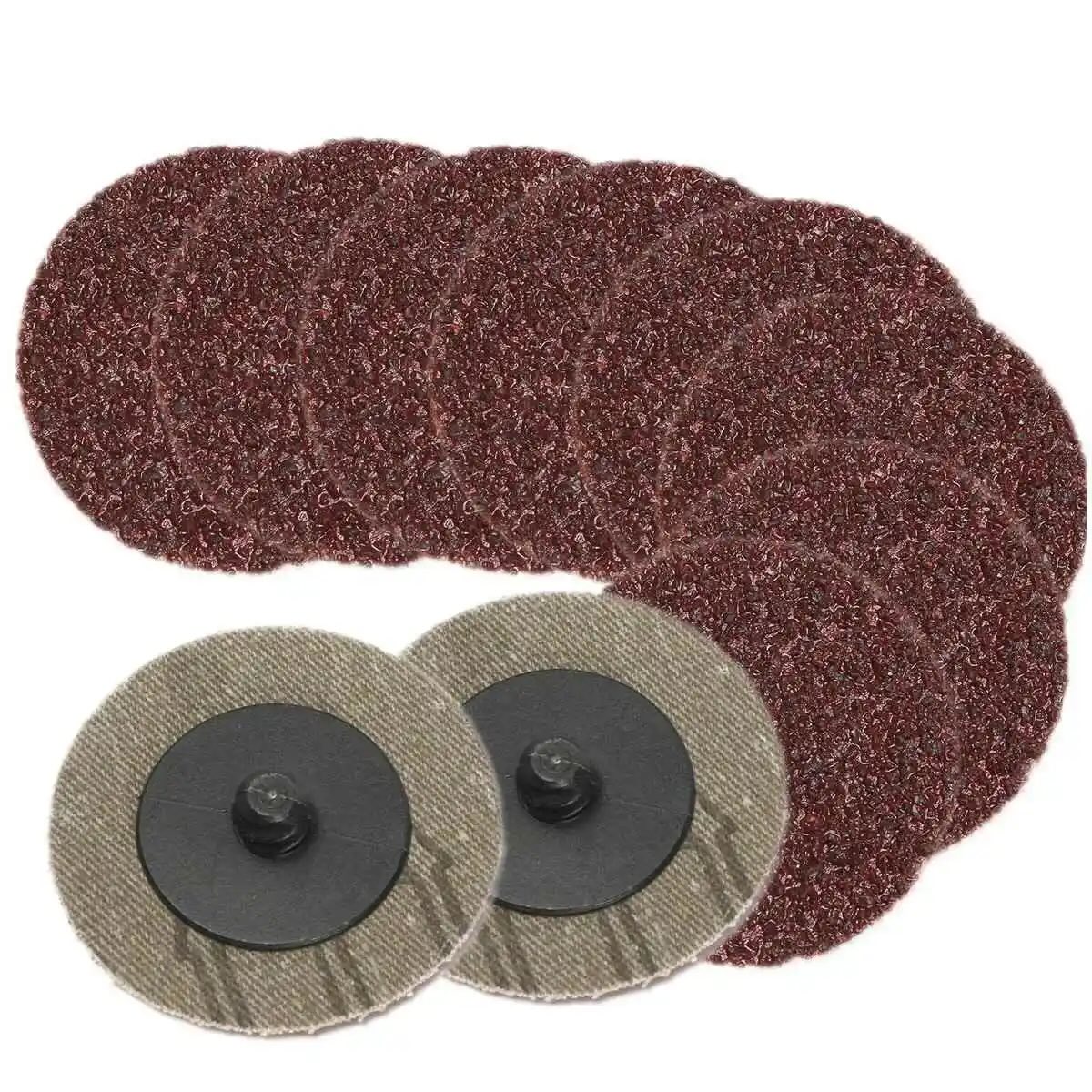

Tools & Equipment
What Grit Sandpaper For PVC
Modified: May 6, 2024
Find the right grit sandpaper for PVC with our expert guide. Get the best tools and equipment for your project. Discover more tips and advice.
(Many of the links in this article redirect to a specific reviewed product. Your purchase of these products through affiliate links helps to generate commission for Storables.com, at no extra cost. Learn more)
Introduction
Welcome to the world of do-it-yourself projects and home improvements! Whether you’re a seasoned DIY enthusiast or just starting to dip your toes into the world of crafting and repairs, understanding the tools and materials at your disposal is crucial. When it comes to working with PVC, knowing which grit sandpaper to use can make a significant difference in the outcome of your project. In this guide, we’ll explore the world of grit sandpaper and discover the best options for working with PVC.
From smoothing out rough edges to preparing surfaces for adhesion, sandpaper is a versatile tool that plays a vital role in various projects. However, not all sandpapers are created equal, and understanding the differences in grit and material compatibility is essential for achieving professional-looking results.
So, grab your safety goggles and dust off your workbench – we’re about to dive into the nitty-gritty of grit sandpaper and its application in working with PVC!
Key Takeaways:
- Choose coarser grit sandpaper (60-100) for shaping and refining PVC, then transition to medium grit (120-180) for smoothing. Finish with fine grit (220+) for a polished surface, avoiding aggressive grits to prevent damage.
- Understanding grit sandpaper is crucial for achieving professional results when working with PVC. The right grit ensures smooth, uniform surfaces, preserving PVC integrity for various projects.
Read more: What Grit Sandpaper For Stairs
Understanding Grit Sandpaper
Before we delve into the specifics of choosing the right grit sandpaper for PVC, let’s take a moment to understand what “grit” actually refers to in the context of sandpaper. Grit is a measure of the size of abrasive materials on the sandpaper’s surface. It indicates the coarseness or fineness of the particles and is typically represented by a number. The higher the grit number, the finer the abrasive particles, and vice versa.
Common grit sizes range from coarse (lower grits) to fine (higher grits), with each serving a distinct purpose in the sanding process. Coarse grits, such as 40 to 60, are suitable for heavy material removal and rough surface smoothening. Medium grits, typically falling within the 80 to 120 range, are ideal for general-purpose sanding and preparing surfaces for finishing. Finally, fine grits, ranging from 150 and above, excel in smoothing and polishing applications.
When selecting sandpaper for a project, it’s crucial to consider the material being worked on and the desired outcome. Different surfaces and materials require specific grits to achieve the best results. Understanding the relationship between grit size and sanding applications is key to mastering the art of sanding and achieving professional-quality finishes.
Now that we have a basic understanding of grit sandpaper, let’s explore the various types of sandpaper available and their specific applications in the realm of DIY and PVC projects.
Types of Grit Sandpaper
When perusing the aisles of a hardware store or browsing online for sandpaper, you’ll encounter an array of options, each distinguished by its grit size and material composition. Understanding the different types of sandpaper available can empower you to make informed decisions based on the unique requirements of your project. Here are the primary types of sandpaper you’re likely to encounter:
- Aluminum Oxide: This type of sandpaper is versatile and suitable for a wide range of materials, making it a popular choice for DIY enthusiasts. It is durable and long-lasting, making it ideal for both hand sanding and power sanding applications.
- Garnet: Known for its natural abrasive properties, garnet sandpaper is often favored for woodworking projects. It excels in sanding bare wood and is less likely to clog compared to other types of sandpaper.
- Silicon Carbide: With its ability to handle hard and brittle materials, silicon carbide sandpaper is commonly used for sanding metals, glass, and plastic. It is particularly effective for wet sanding applications.
- Zirconia Alumina: This type of sandpaper is prized for its durability and effectiveness in heavy-duty sanding tasks. It is well-suited for removing rust, paint, and scale from metal surfaces.
Each type of sandpaper has its unique characteristics, making it suitable for specific materials and applications. Understanding the properties of these sandpapers can aid in selecting the most appropriate option for your PVC project.
Now that we’ve explored the types of sandpaper available, let’s narrow our focus to the specific considerations when choosing grit sandpaper for working with PVC.
When sanding PVC, use 120-220 grit sandpaper for smoothing and shaping, and 400-600 grit for a finer finish. Always sand in a well-ventilated area and wear a mask to avoid inhaling particles.
Grit Sandpaper for PVC
When it comes to sanding PVC, choosing the right grit sandpaper is crucial for achieving smooth, professional-looking results. PVC, or polyvinyl chloride, is a durable and versatile thermoplastic often used in plumbing, construction, and crafting. Whether you’re preparing PVC pipes for solvent welding or refining the edges of a DIY PVC project, selecting the appropriate grit sandpaper can streamline the process and enhance the final finish.
For initial shaping and removing rough edges from PVC, coarser grit sandpaper in the range of 60 to 100 is effective. This grit range facilitates efficient material removal while providing a level surface for subsequent sanding. Coarse grit sandpaper is particularly useful when working with PVC to quickly refine the shape and ensure uniformity across the material.
Once the initial shaping is complete, transitioning to medium grit sandpaper, typically in the range of 120 to 180, allows for further smoothing and refining of the PVC surface. This finer grit range is well-suited for eliminating scratches left by coarser sandpaper and preparing the PVC for finishing touches, such as painting or adhesive bonding.
When a polished, smooth surface is the ultimate goal, fine grit sandpaper, ranging from 220 and above, can be employed to achieve a pristine finish on the PVC material. This fine grit range is ideal for buffing out any remaining imperfections and creating a surface that’s ready for painting, gluing, or other applications.
It’s important to note that when sanding PVC, using sandpaper with grits that are too aggressive can result in surface damage and visible scratches. Therefore, a gradual progression from coarse to fine grits is recommended to ensure a seamless and professional outcome.
By understanding the role of different grit sandpapers and their applications in working with PVC, you can approach your PVC projects with confidence, knowing that you have the knowledge to achieve exceptional results.
Conclusion
As we conclude our exploration of grit sandpaper for PVC, it’s evident that the selection of the appropriate grit is pivotal in achieving the desired finish and functionality for PVC-based projects. From shaping and refining PVC pipes to crafting intricate PVC structures, the right grit sandpaper can make the difference between a rough, amateurish appearance and a polished, professional outcome.
Understanding the relationship between grit sizes and their impact on the sanding process enables DIY enthusiasts and professionals alike to approach PVC projects with precision and confidence. By utilizing coarser grits for initial shaping and gradually progressing to finer grits for surface refinement, individuals can achieve smooth, uniform results while preserving the integrity of the PVC material.
Moreover, the versatility of PVC as a material necessitates a nuanced approach to sanding, as different PVC applications may require specific grit sandpapers to optimize the outcome. Whether it’s preparing PVC surfaces for bonding, painting, or simply enhancing the aesthetic appeal, the right grit sandpaper plays a fundamental role in realizing the full potential of PVC in various projects.
Armed with the knowledge of grit sandpaper and its applications in working with PVC, individuals can embark on their PVC endeavors equipped with the insight to elevate their craftsmanship and achieve professional-grade results. As you venture into the world of PVC projects, remember that the nitty-gritty of sandpaper selection can truly make a world of difference in the final outcome.
So, the next time you reach for that sandpaper to tackle a PVC project, consider the grit carefully, knowing that each stroke brings you one step closer to transforming raw PVC material into a refined, polished masterpiece.
Curious about achieving superbly smooth surfaces on your projects? Knowing the right grit sandpaper for PVC is just the start. For those who seek perfection in their finish, understanding the finest sandpaper grit available is crucial. Our next guide elaborates on these ultra-fine options, ensuring your next venture yields flawless results. Whether you're a seasoned crafter or just starting out, this information will prove indispensable. So, why not give your skills a boost and check out our detailed guide on sandpaper grit?
Frequently Asked Questions about What Grit Sandpaper For PVC
Was this page helpful?
At Storables.com, we guarantee accurate and reliable information. Our content, validated by Expert Board Contributors, is crafted following stringent Editorial Policies. We're committed to providing you with well-researched, expert-backed insights for all your informational needs.
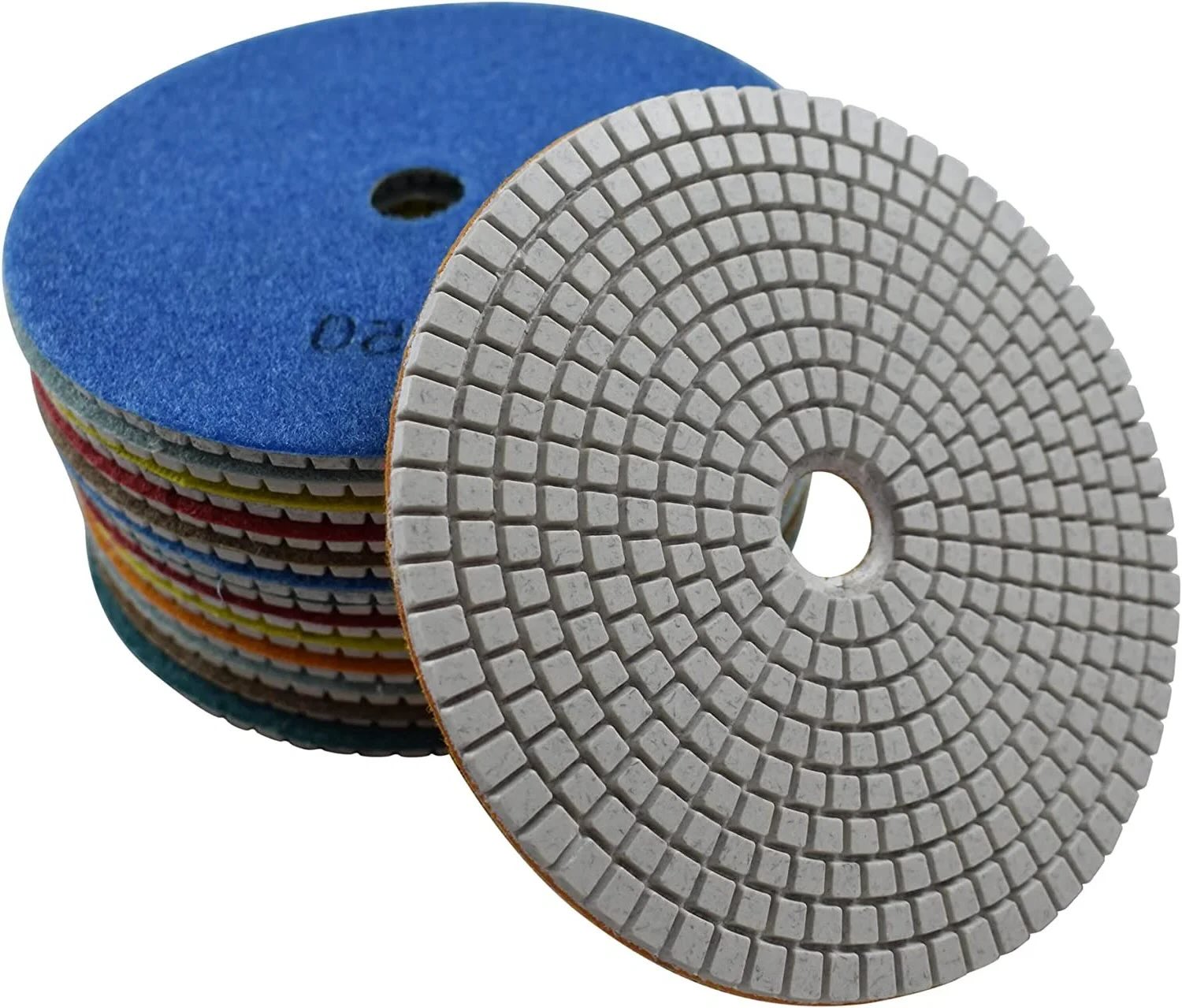




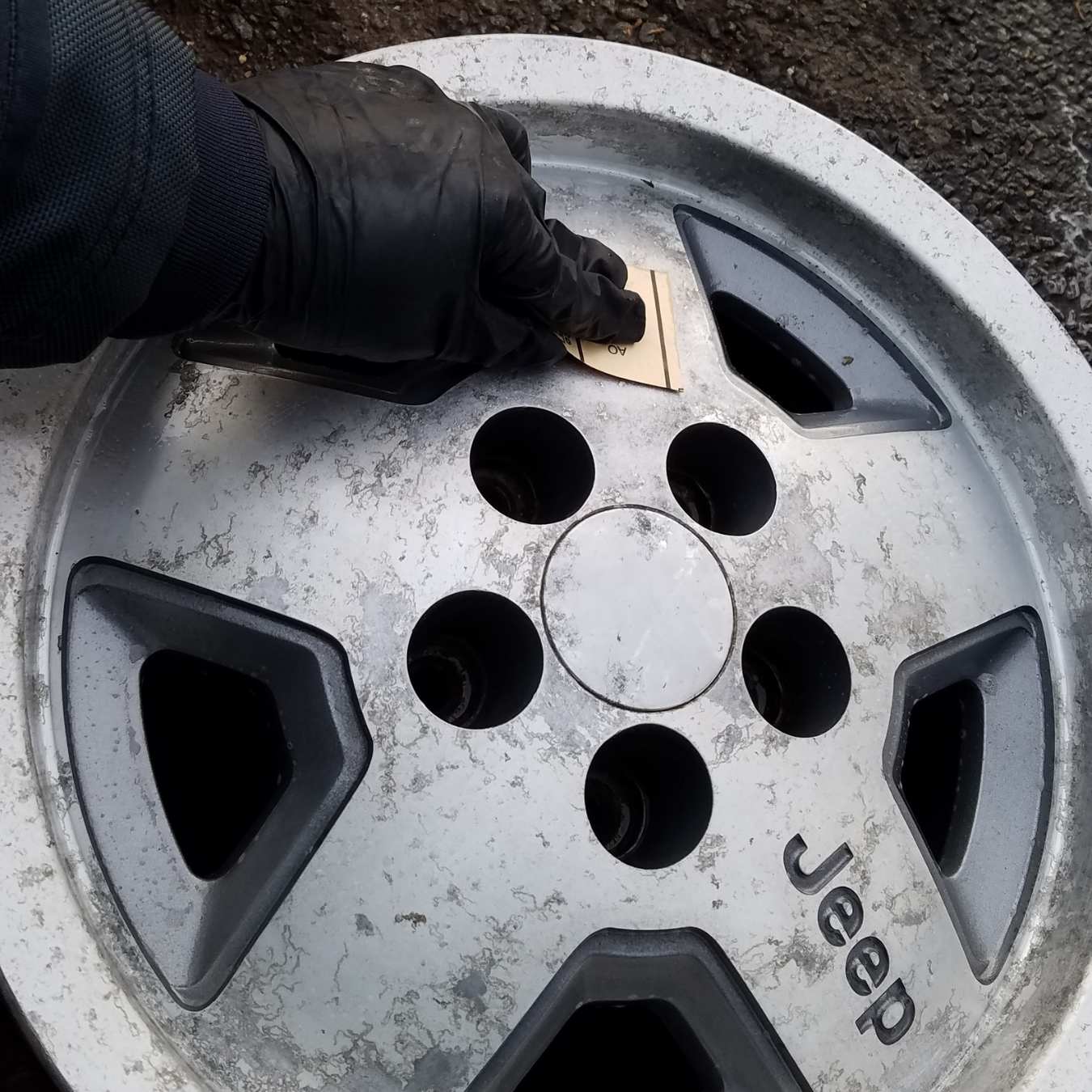
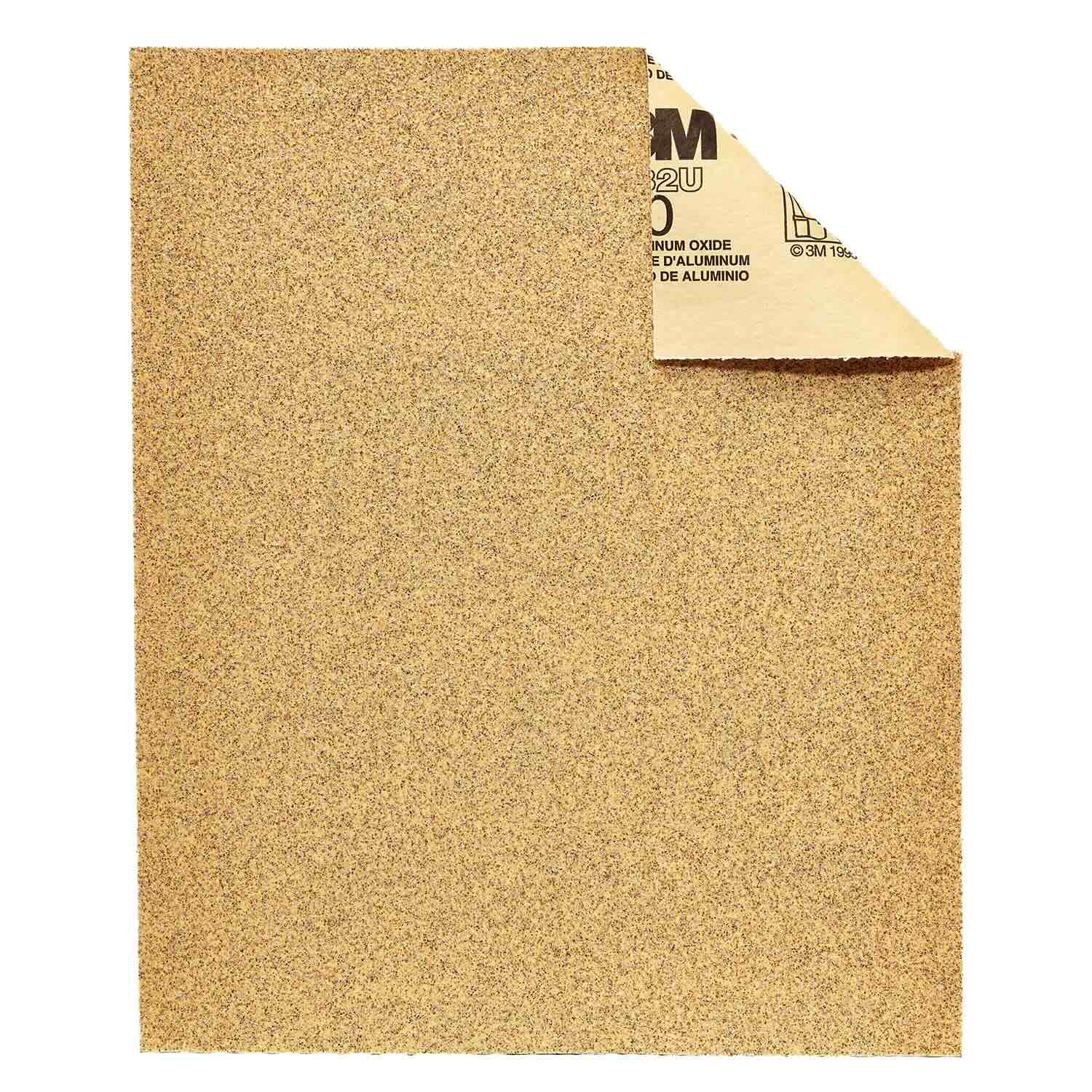
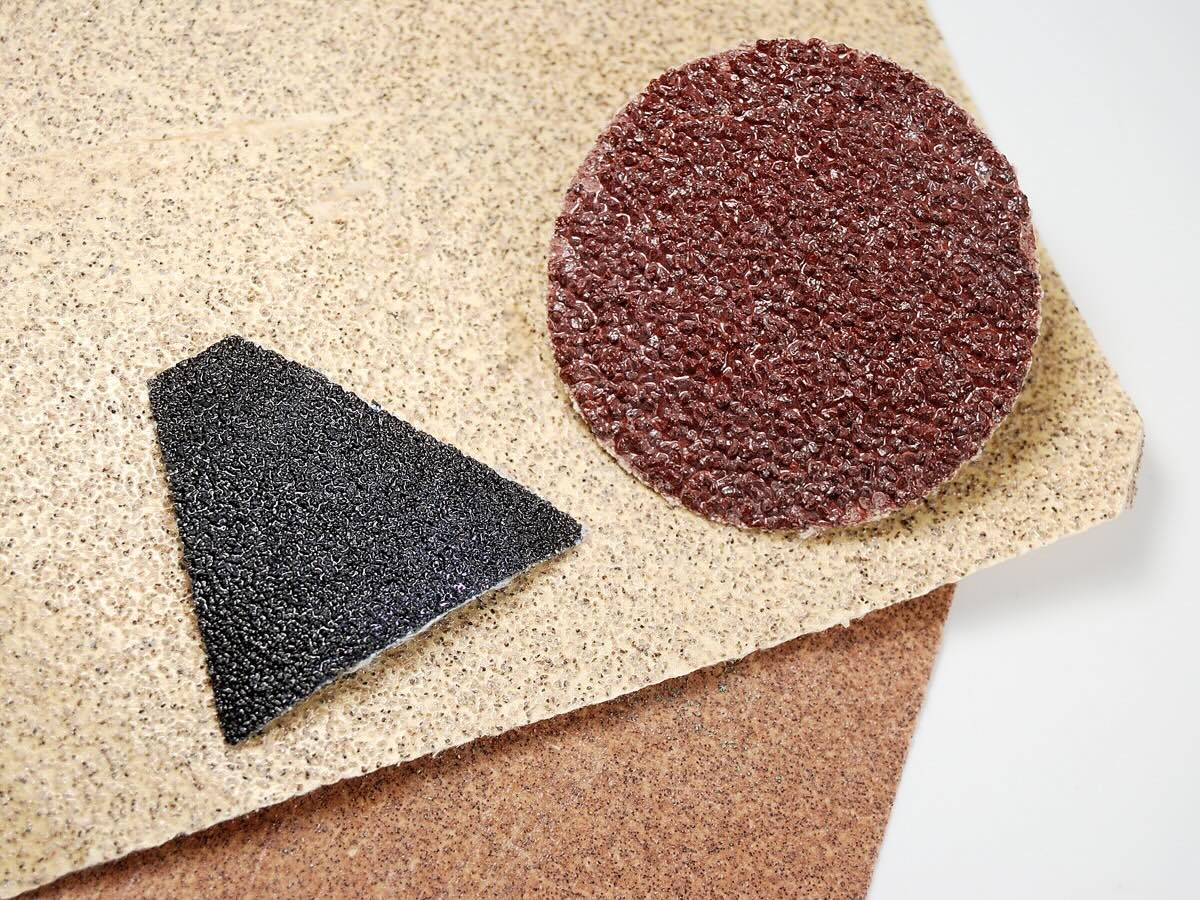
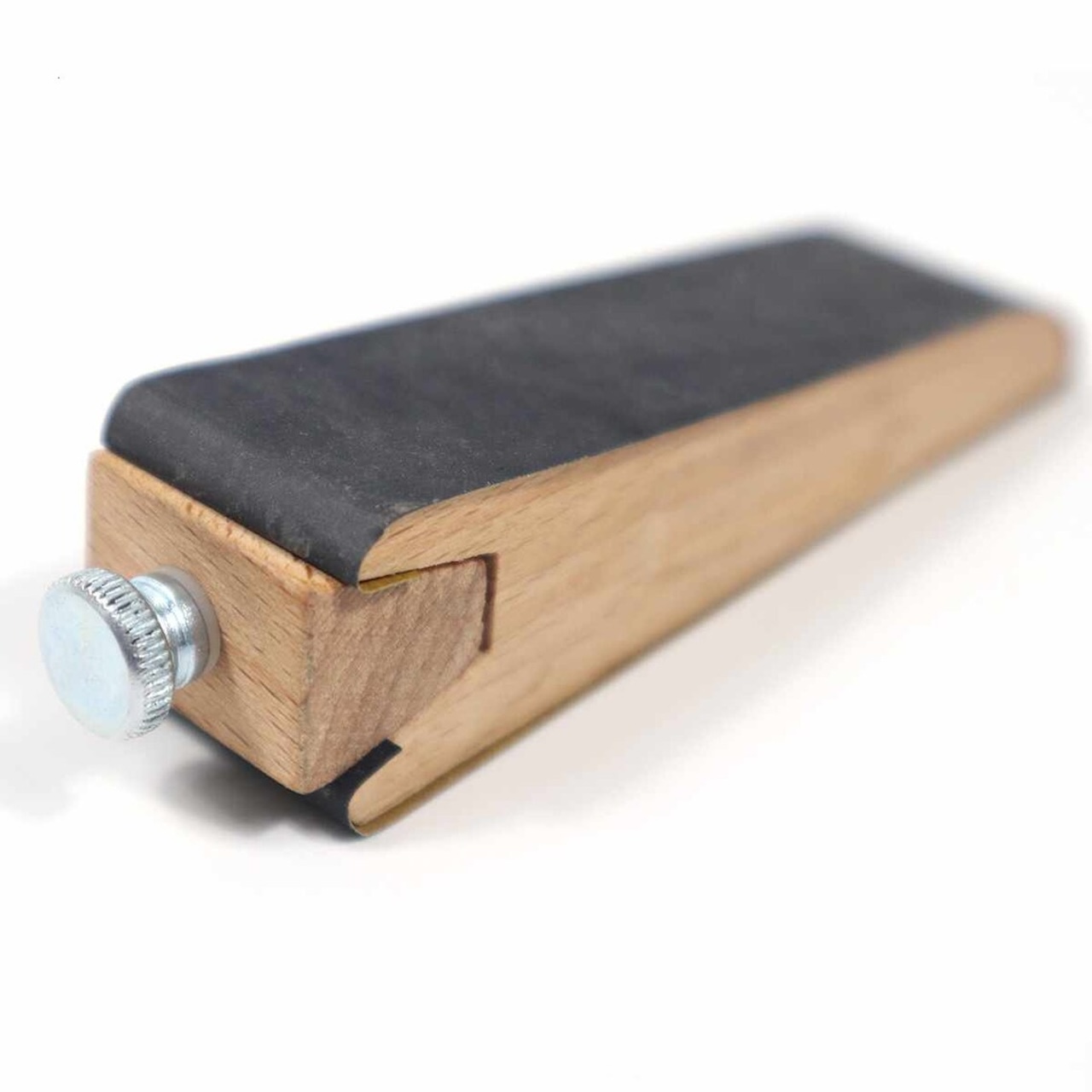
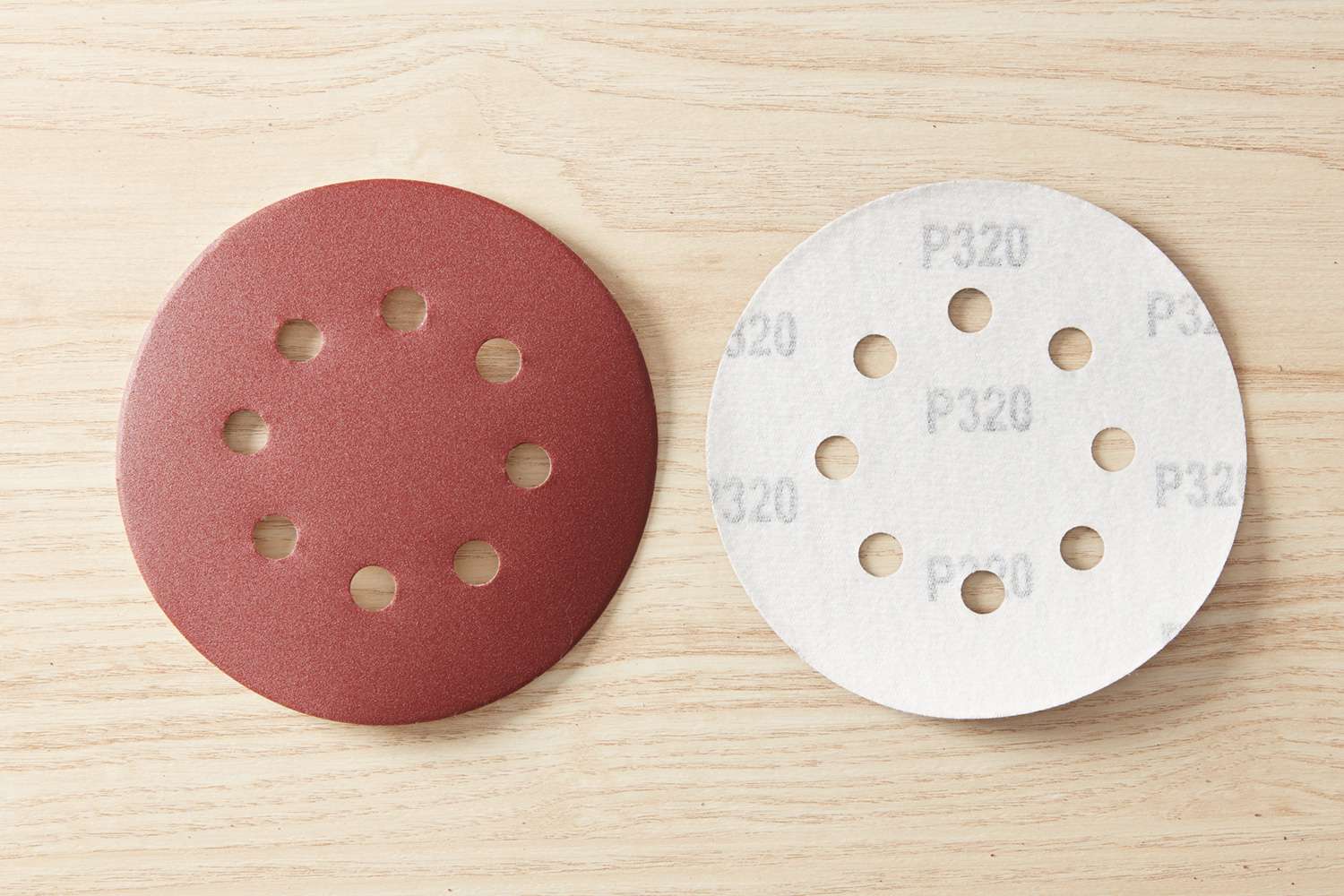
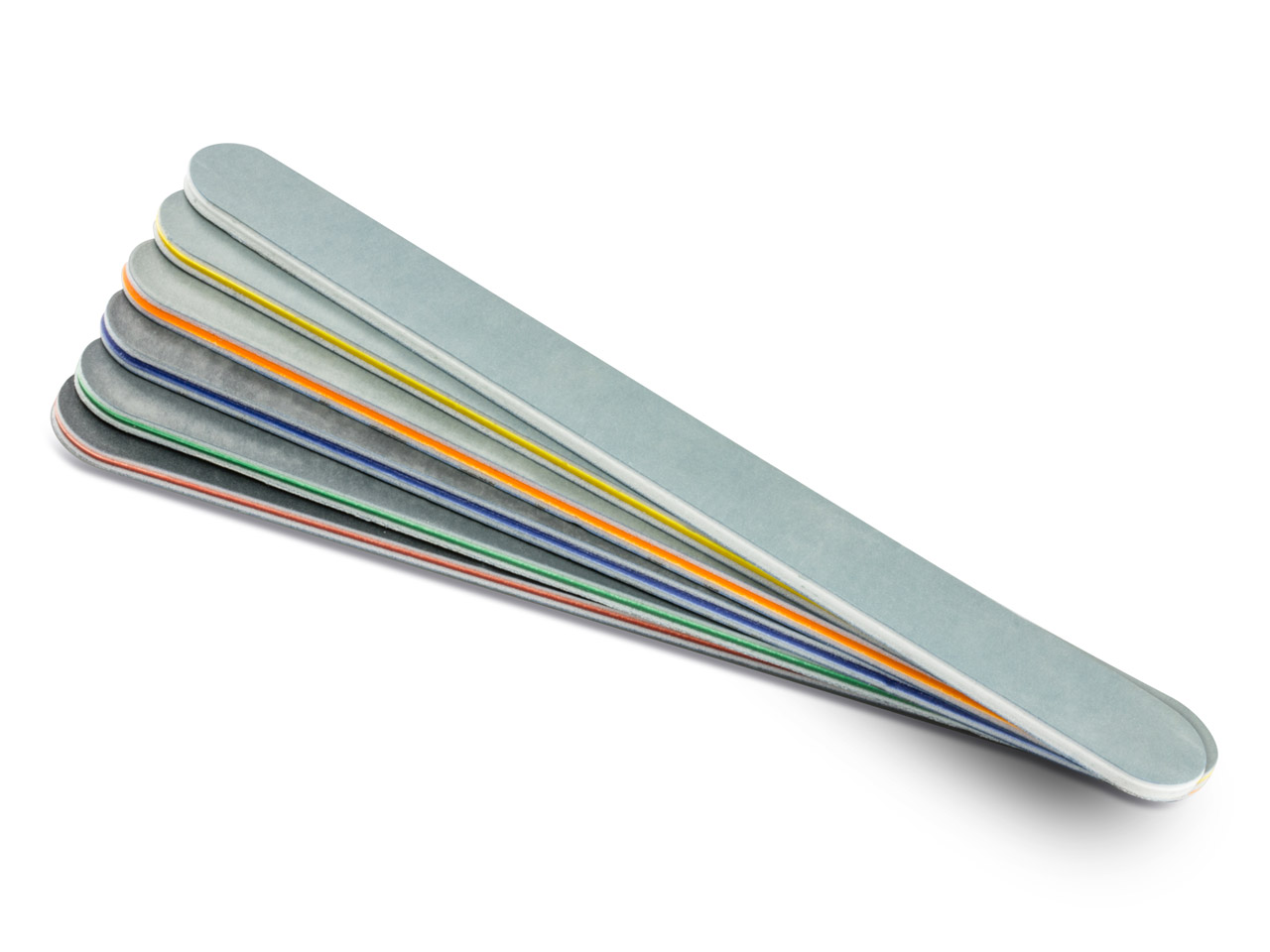
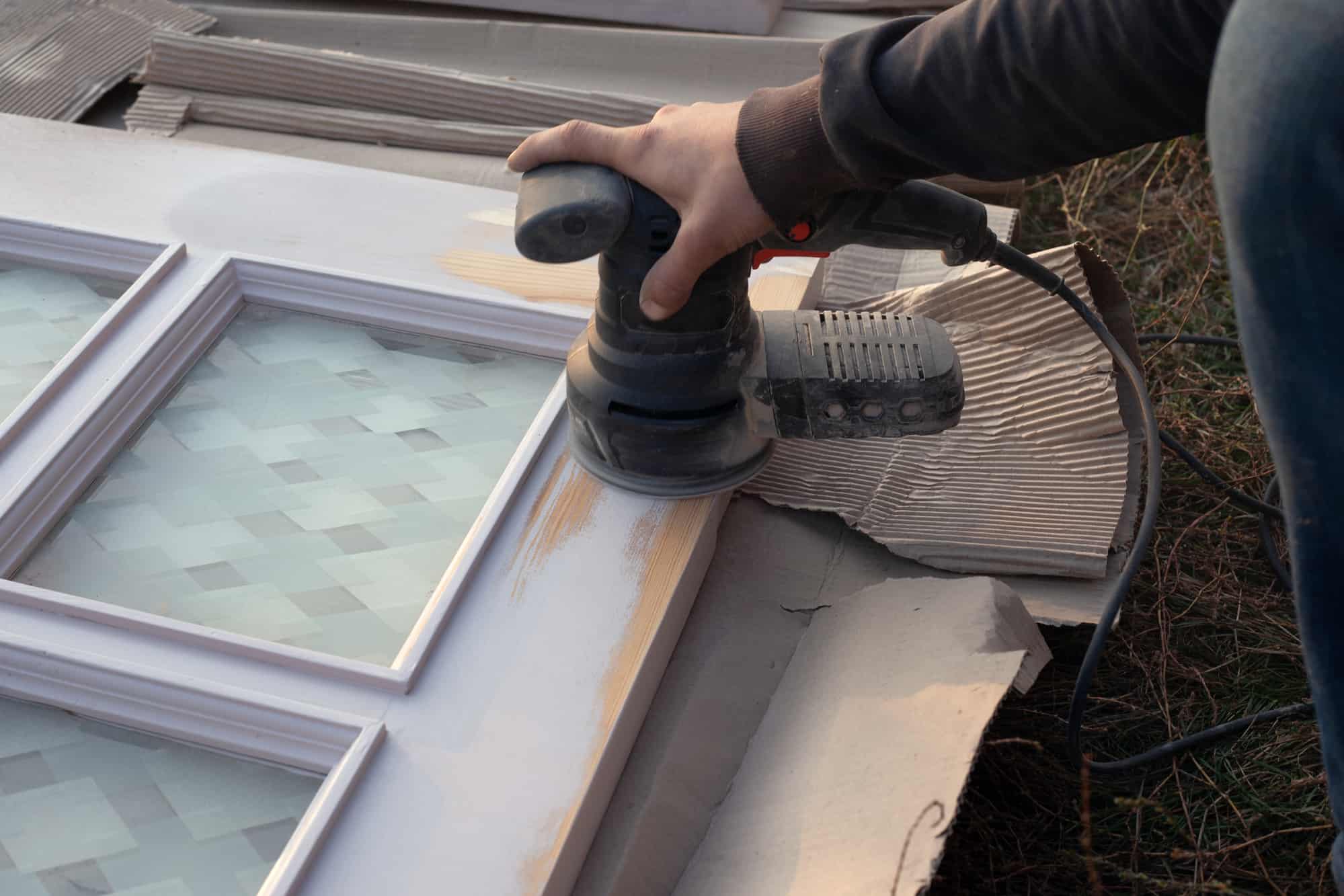
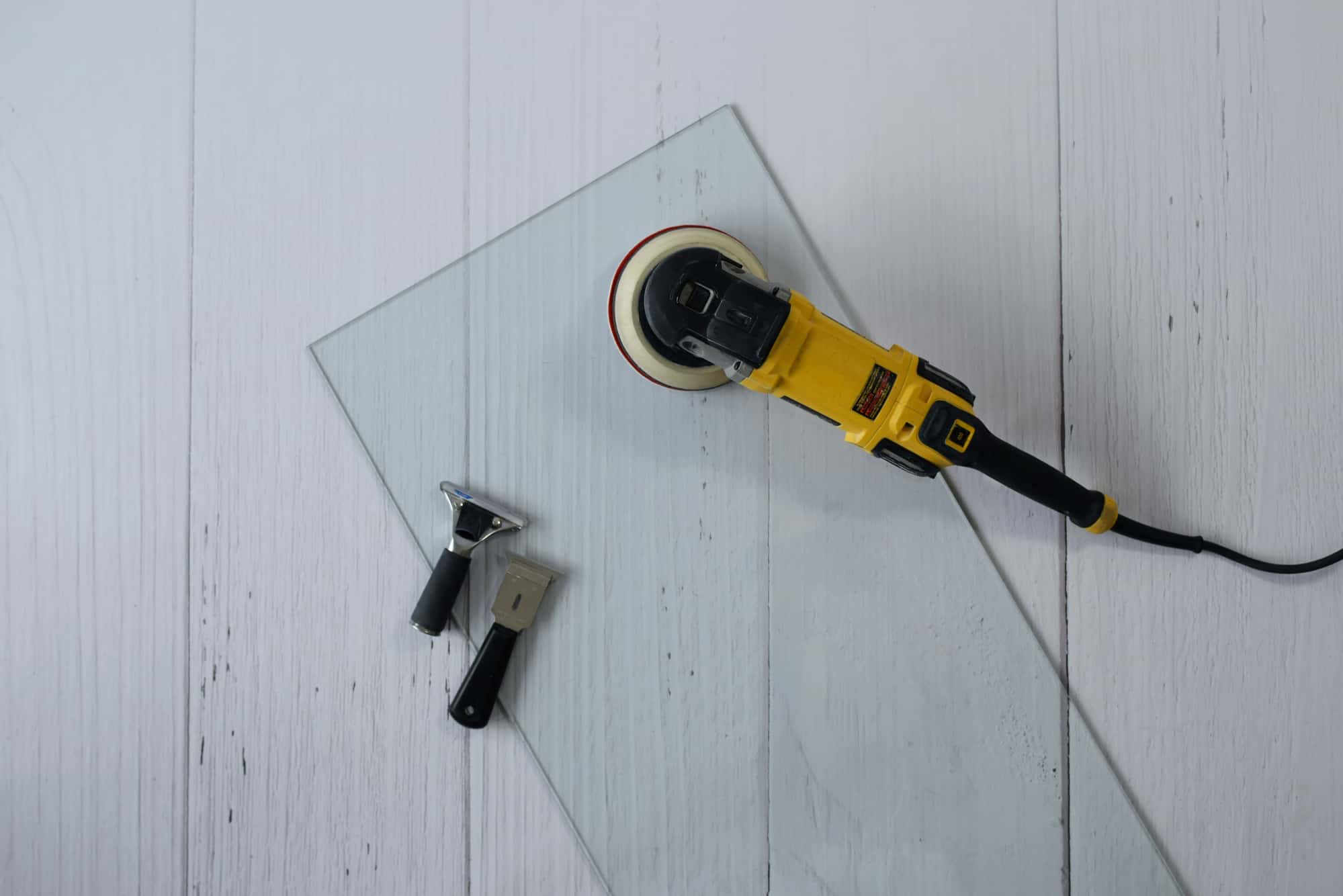
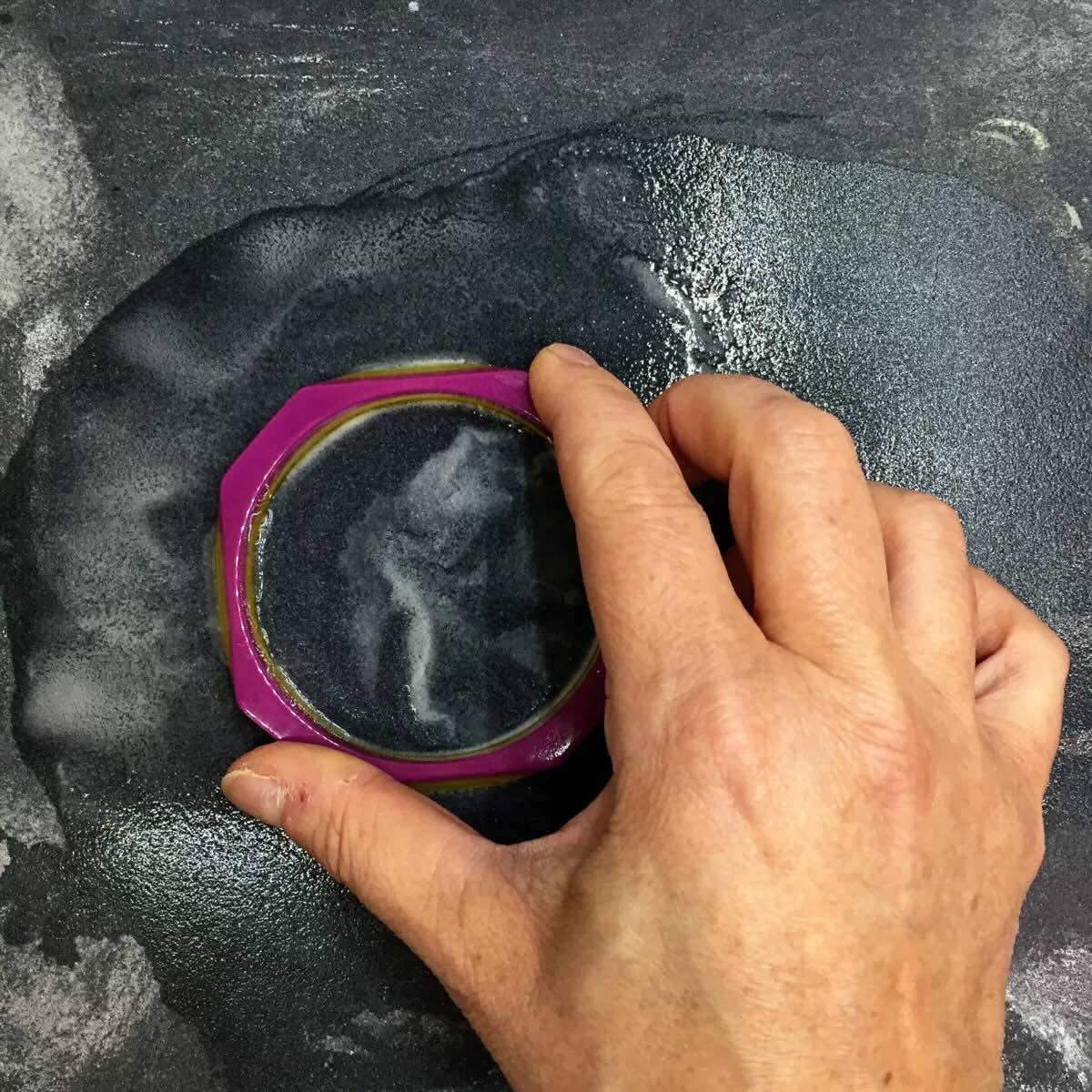
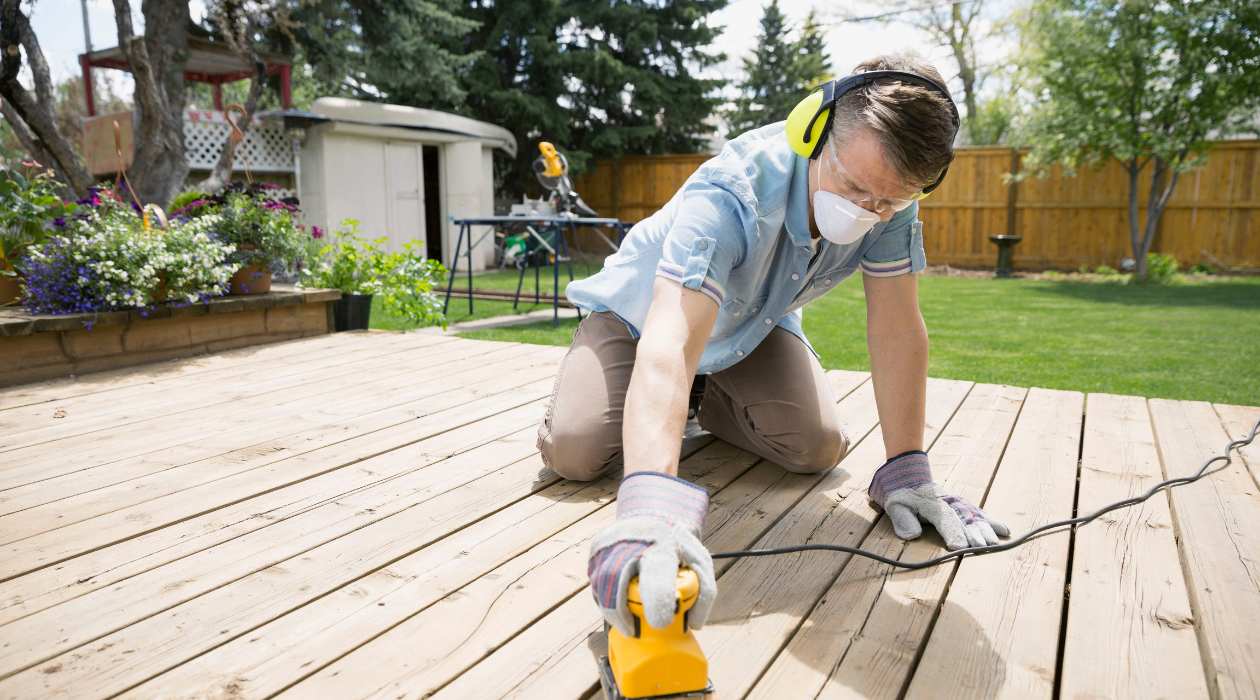

0 thoughts on “What Grit Sandpaper For PVC”